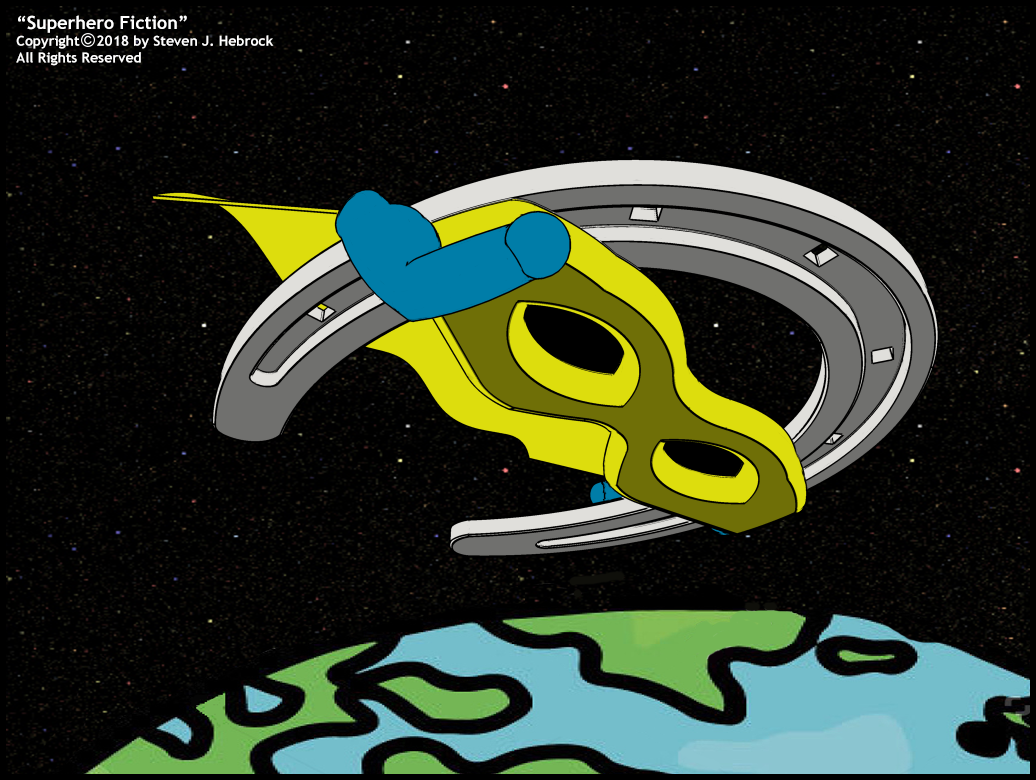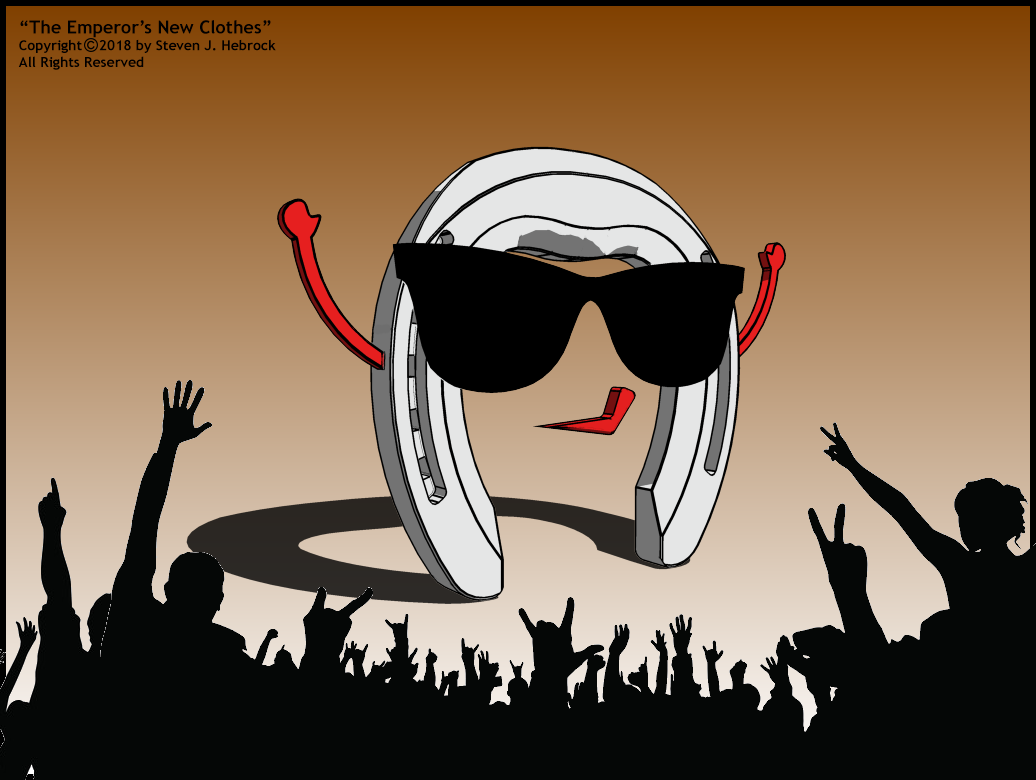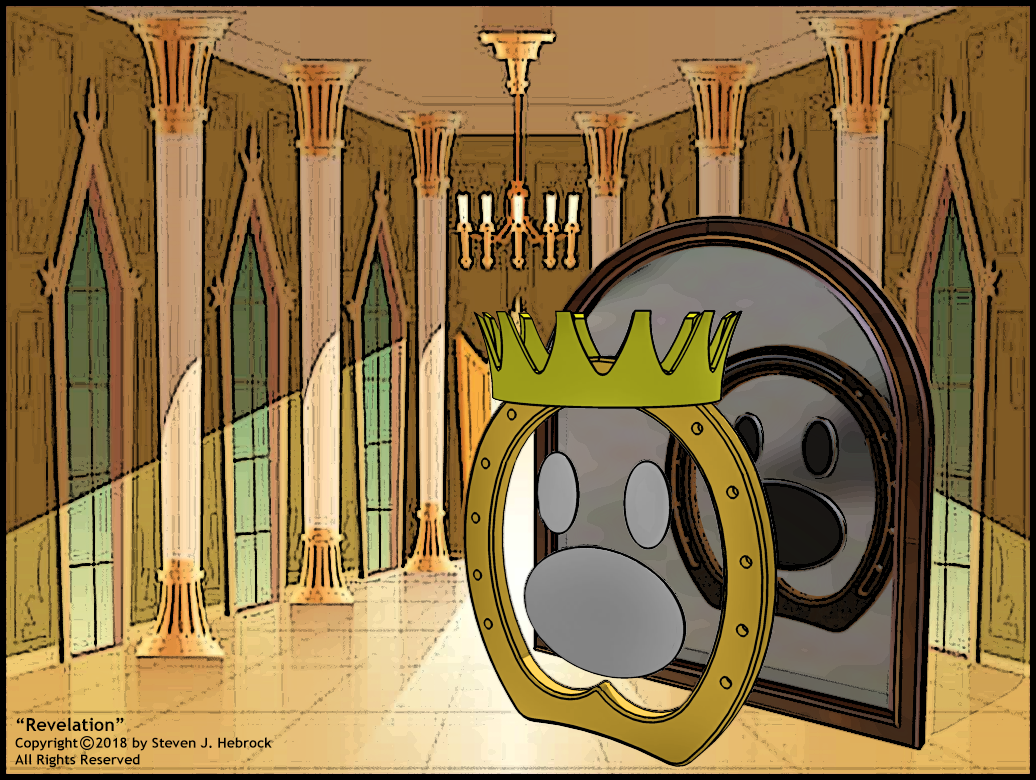Years ago, I was invited to speak at a “natural” horse training and care event put on by a large horse farm. I began my talk to what turned out to be primarily American Saddlebred owners with a phrase I’ve often used as an introduction to what I do: “My overwhelming concern in hoof care is for the long-term health and comfort of your horse.” Much to my shock and dismay, several of the attendees were quick to point out that the horse’s well-being was a non-issue for them; their only concern was to win at shows, regardless of what it might mean for the horse, and were therefore willing to do practically anything to their horses’ hooves in an effort to gain some alleged advantage in the show ring.
When I purchased my first horse back in 1993, I really didn’t have any opinion about horseshoes one way or the other; I was relatively new to horses, and figured some needed them and some didn’t. My new horse was a Peruvian Paso – a breed that is traditionally not shod, are reputed to have congenital “good feet,” and cannot be shown wearing shoes in a Peruvian Paso show – and so I just automatically put him in the category of “doesn’t need shoes.”
Included with the documents that accompanied the registration papers for my new horse was a sheet warning registrants about the importance of choosing a qualified farrier. Because the PP is a fairly uncommon breed (there were only 12,000 registered Peruvian Pasos in the U.S. when I bought him), and because they typically have a much lower pastern and toe angle than the more common breeds, the folks at the registry were concerned that an improperly-educated farrier might try to “stand up” the horse i.e. leave the heels too long and/or cut the toe too short in a misguided effort to make the horse’s feet look more like a Thoroughbred or American Quarter Horse.
And so, after consulting with my friend Tom Wolfe, the now-former director of the Montana State Horseshoeing School (and whom, I learned in the course of writing this article, was inducted into the International Horseshoeing Hall of Fame in 2011 for his contributions to farrier education – congratulations, Tom!) whom I’d befriended several years earlier on a riding trip to Montana, I decided I had more faith in the devil I knew than the devil I didn’t, and would therefore learn how to do my own trimming. As Tom said, “It isn’t rocket science, and you are an engineer, after all!” So I set out on a journey that’s now lasted 25 years, with no signs of slowing down.
I read books and magazine articles on horseshoeing and hoof care. I talked with every farrier and veterinarian I crossed paths with, hoping to glean some new and useful piece of information about horse feet. I spoke to other owners about their horses’ foot problems, trying to understand the various “treatment” options they’d pursued and rates of success. But mostly I just listened and pondered. And the little voice of the engineer in me soon started whispering in my ear, “You know that can’t be true; it’s not logical.” “His advice directly conflicts with her advice; both can’t be right.” “The laws of physics tell you it doesn’t work that way; the shoe couldn’t possibly be doing that.” And on and on, until I finally realized that with respect to what could or couldn’t be accomplished with a horseshoe, the only logical conclusion I could reach was that people really didn’t know what they were talking about!
I’ve spent a lot of time over these past 25 years trying to sort out fact from fiction for myself, for horse owners, and for other hoof care professionals. Not only has this meant trying to keep up with what little hoof research is actually being conducted, via academic journal articles, but doing my own research as well, in combination with many, many hours of discussion with both other academics in the horse world along with “non-horsey” engineers and other technical people.
As a result, I can say with a very high degree of certainty that there are only four (4) parameters of a hoof that can be successfully modified by a horseshoe, regardless of the specific type of shoe utilized, that could arguably be considered advantageous over a properly-trimmed bare hoof under certain circumstances and with caveats. I’m not going to go into all the theory and rationale for these statements at this time, but I promise I will do so at a later date. In the meantime, please note that science tells us that in comparison with a properly-trimmed bare hoof, adding a horseshoe can only:
- Eliminate wear of the bearing surface of the hoof wall
- Increase clearance between the ground and sole/frog
- Increase or decrease the foot’s traction
- Delay the timing of, and increase the height of, the peak in the foot’s flight arc
This is certainly not to imply that other things cannot be negatively affected by the presence of a shoe, nor am I saying that a particular shoe may not have more or less of an impact on these four parameters than another type of shoe. The above is simply stating that any other hoof characteristic, conformation or movement characteristic, or pathology, alleged to be improved by the presence of a shoe, such as support, breakover, or navicular disease, is a complete fiction.
Each of these four possible advantages also has one or more trade-offs associated with the presence of a shoe. First and foremost on the list is that any type of shoe placed on an incorrectly-balanced hoof will put stress on the joints of the lower limb, with no chance of “self-correction” because wear has been eliminated. The consequences of that stress will be a hastening of arthroses of those joints, causing various types and degrees of unsoundness. This is far and away the most common cause of lameness problems we see in our practice: well-meaning farriers who either do not know how to properly balance hooves, or who deliberately unbalance hooves with the mistaken belief they can “correct” something by doing so.
Likewise, the shod horse will always have an increase in hoof length, weight, and concussive forces over the properly-trimmed barefoot horse – all of which intensify joint and soft-tissue stress any time the hoof is in motion. And the longer and/or heavier the shoe, the greater the stress, which means any shoe heavy enough to significantly affect flight arc peak i.e. “action” is going to cost the horse in terms of energy required and long-term joint/soft-tissue damage.
While increasing ground clearance may be advantageous for riding on certain terrain types, the loss of stimulation through ground contact causes the foot to produce softer sole tissue, which is why the horse who loses a shoe is often sore on rough terrain while his barefoot companion is not. This tissue quality difference is often dramatic, and can be particularly apparent on a horse that’s shod only on the front.
And even traction modification is a two-edged sword. Although it can be a useful short-term tool for specific situations (such as on ice, or in a reining show), it can also result in minor and even major (mostly soft tissue) injuries if the amount of traction isn’t appropriate for the terrain/application. Many horse owners are still astonished when I tell them a plain steel shoe provides less traction on harder surfaces than a bare hoof.
A friend once said to me, “Oh, that’s right – you don’t believe in horseshoes,” as if belief has anything at all to do with it! Please understand this is not some sort of “crusade” against horseshoes. These conclusions aren’t based on emotion; they’re based on science. On data. On logic. I’m simply acknowledging shoes for what they are – a piece of metal, a spacer, a wear inhibitor, a weight. And trying to get people to understand what they are not – a panacea for hoof and horse issues. I’ve generally come to regard them like this: A horseshoe is a tool for which I have yet to find a genuine need.
If a particular horse truly needs to minimize wear and/or have sole protection for a specific situation – things like: an endurance ride, a ride over rough terrain, sensitive feet due to flat soles/dietary issues, or an injury – then, by all means, protect his feet. He absolutely deserves to move pain-free. But if you decide to do it with shoes, the only approach that’ll guarantee minimal adverse effects is to do as my friend Don West does: Shoe the horse immediately before the ride, and pull the shoes when you return. And, to be done correctly, that will mean using the thinnest, lightest shoe available, placed on a foot trimmed in strict accordance with proper natural hoof care principles.
Doesn’t it sound like an impossible situation, since most of us aren’t trained to trim hooves, and shape and nail on a horseshoe? Yep. And that’s why hoof boots are the far better choice when hoof protection is necessary. They modify the same four characteristics as a shoe, but minimize or eliminate the trade-offs because they’re only used for the time period when the need for protection actually exists. Plus, because they cover the sole and frog as well as lift them off the ground, they provide superior protection over any horseshoe.
So what’s my point in all of this? Well, with that “logical thinking” thing in mind, consider the following –
Since a horseshoe is limited to modifying only the four characteristics listed above, and, even under ideal trimming/shoeing circumstances, there are long-term negative health consequences to anything but very short-term use, then why use them? Why not see them for what they are…and are not? Why not do everything in your power to give your horse every possible health and comfort advantage, and keep him sound for as long as possible?
Think about it…


